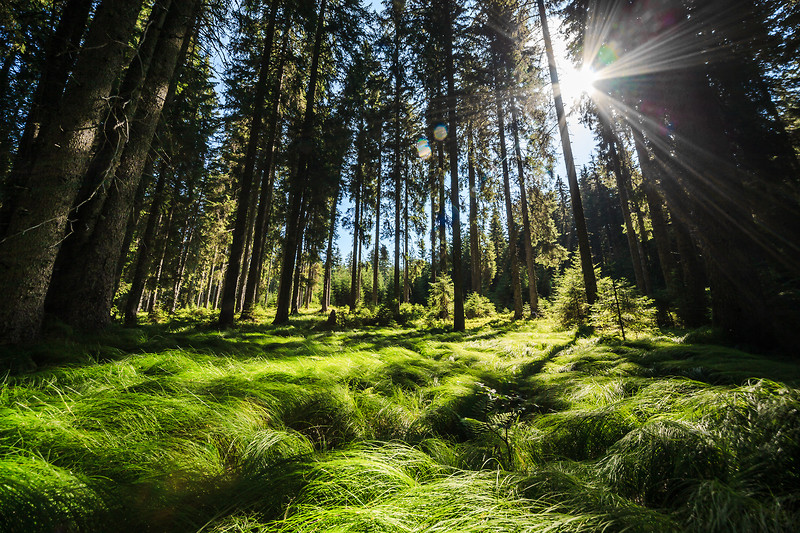Sustainable forest management and innovation-supported adaptation to climate change
The motto of this year's forest week is "30 years of the Slovenian Forest Service – sustainable forest management and innovation-supported adaptation to climate change". In light of this event, the Forest Service emphasised that Slovenia is one of the pioneers in the development of sustainable forest management, which organically links economic activity with nature conservation.
In her speech at the opening ceremony of Forest Week 2024, the Minister of Agriculture, Forestry and Food, Mateja Čalušić, pointed out that "sustainable and sustainable-oriented management of forests has a long tradition in Slovenia, in some places several decades, in others even several centuries. Today's society faces many great challenges, and it is increasingly clear that our planet needs a different approach to managing natural resources. An approach that will stop their endless exploitation and perhaps even decline. An approach that will mimic natural processes and ensure sustainability. An approach that has been known and implemented in Central European forestry for several centuries."
Did you know that:
Forests, which cover 58 percent of Slovenia's land area, are one of the most complex of ecosystems. Their management by the Forest Service is based on three principles: sustainability, multifunctionality and nature-friendliness.
According to Forest Service data, the growing stock of forests has increased from 201 to 304 m3/ha in the last 30 years. Almost one half (48 percent) of the growing stock are trees thicker than 30 cm, while trees thicker than 50 cm make up 25 percent, which is favourable from the viewpoint of ensuring the wood production function and preserving biodiversity. Forest growth has also increased, from 5.2 m3/ha in 1994 to 7.4 m3/ha in 2023. Thus around 8.7 million m3 of wood grows in our forests every year.
On average, there are 21 m3/ha of dead trees in Slovenian forests, which is around 7 percent of the growing stock.
Forests exempted from management include forest reserves, which cover 9,426 ha, and ecocells, which represent a contractual protection measure. Since 2009, when it totalled 2,818 ha, the area of ecocells has increased to 8,977 ha due to the planned work of the Forest Service of Slovenia.


